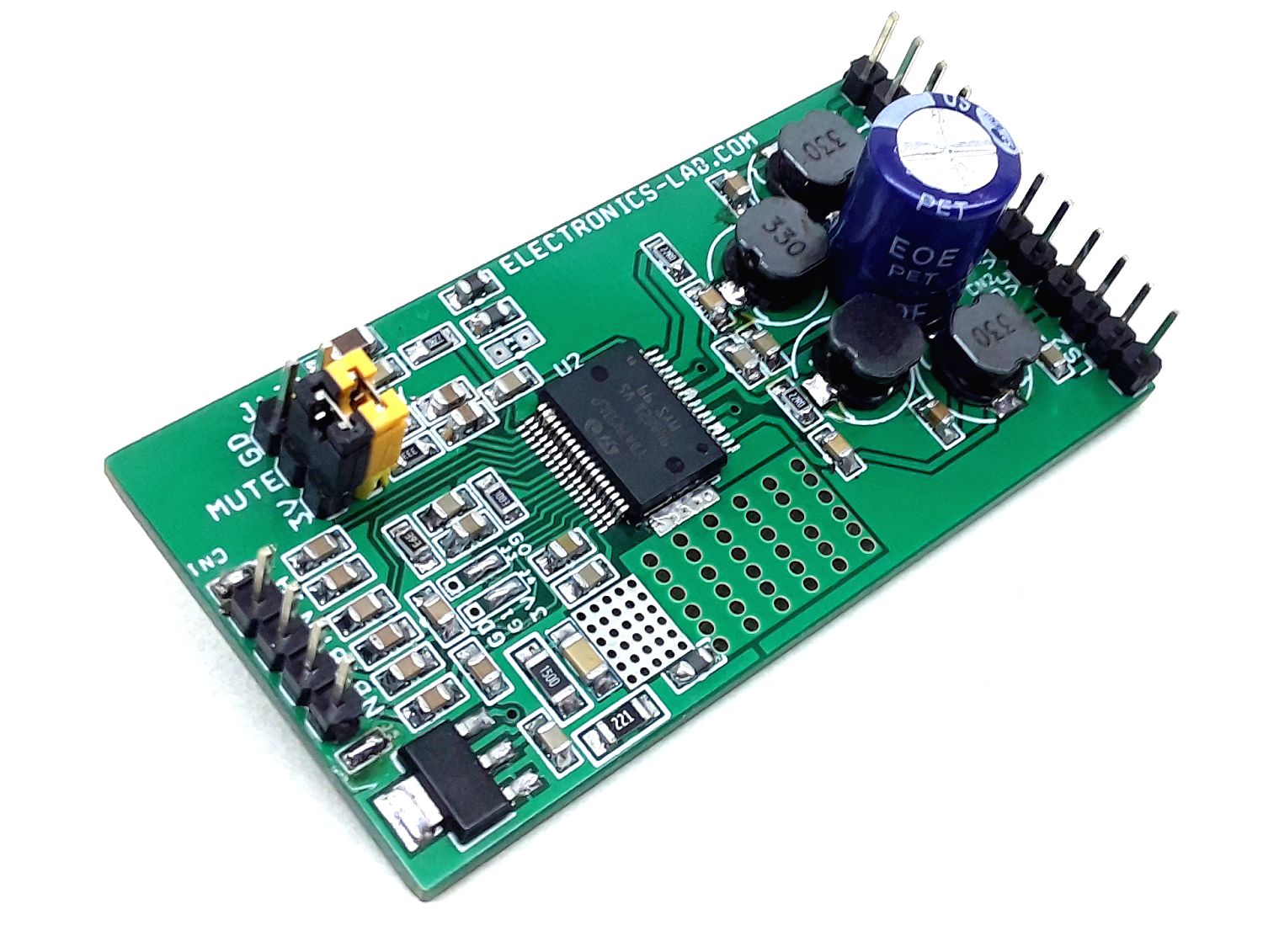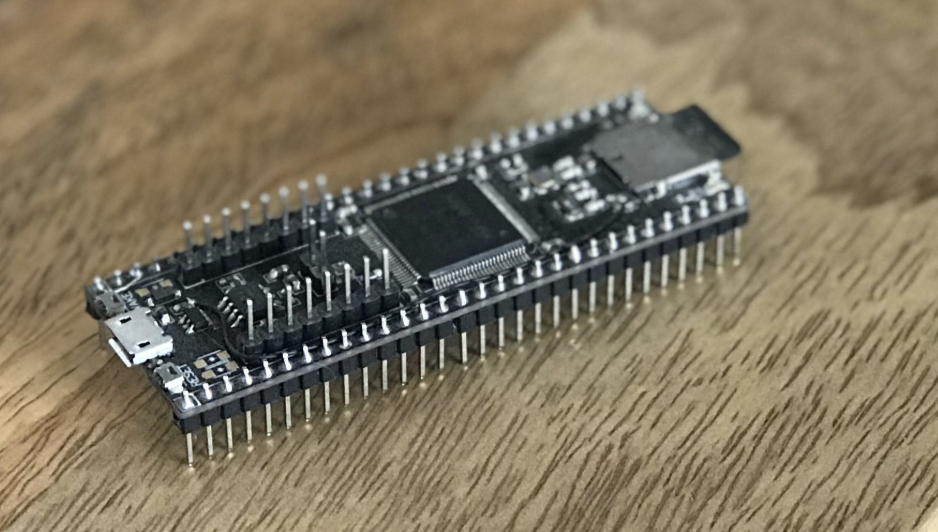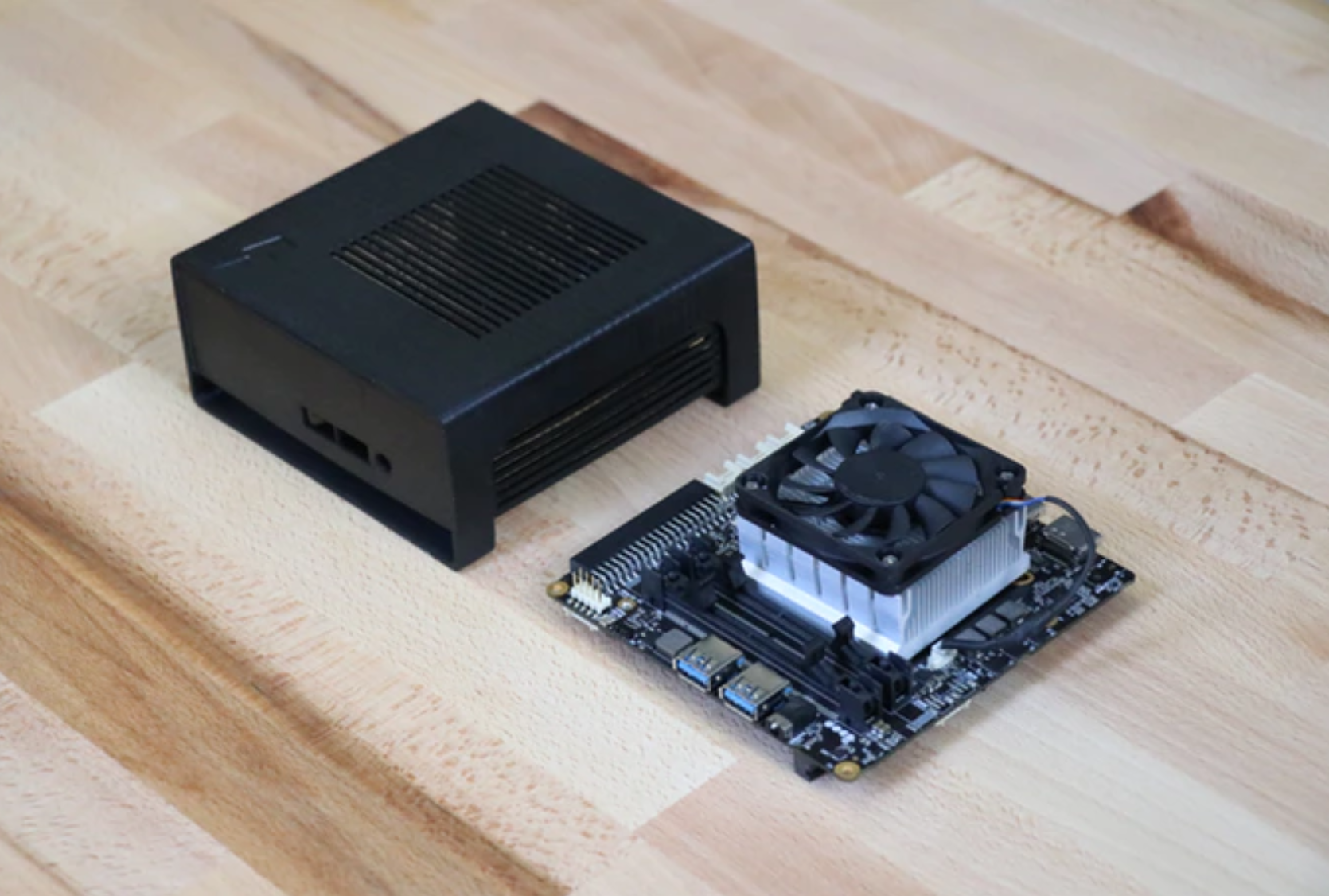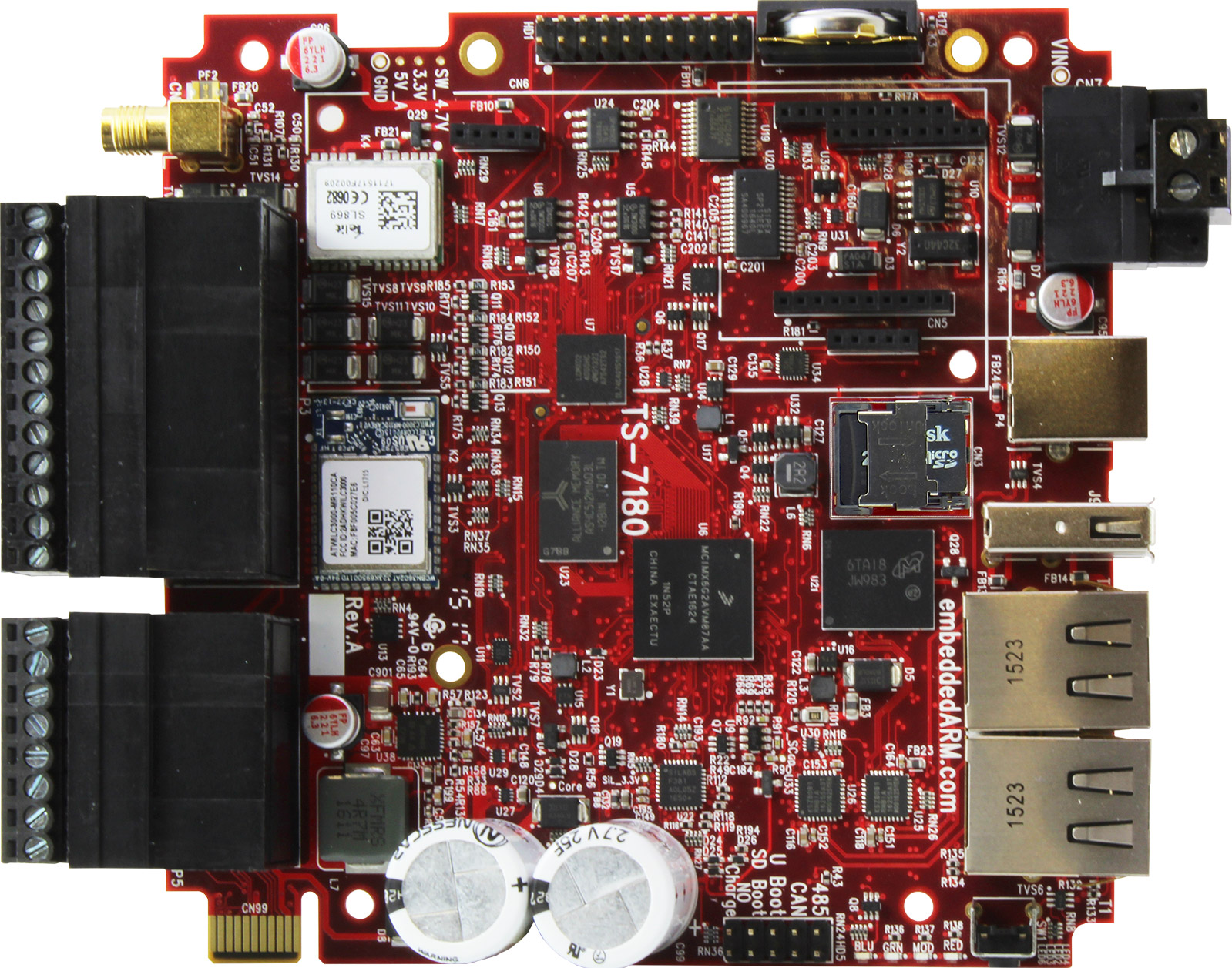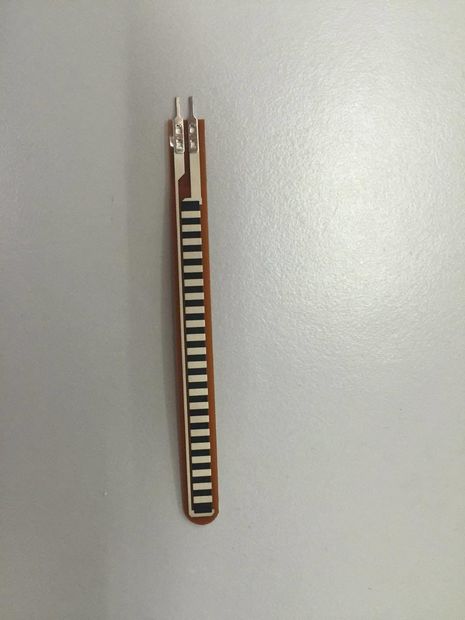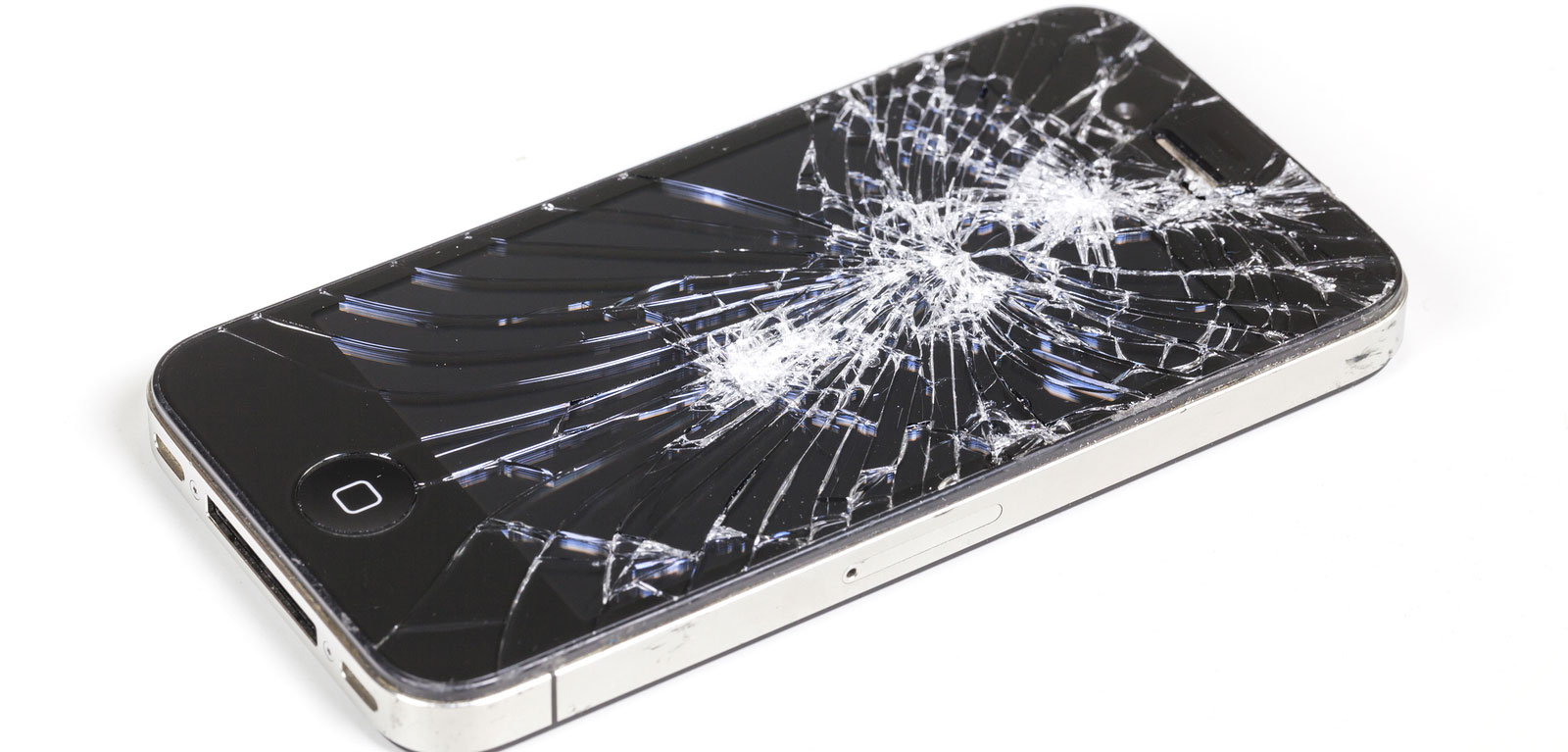
Most of smartphones parts are made of silicons and other compounds, which are expensive and easily-breakable. This problem is making all of smart devices manufacturers looking for stronger and cheaper solutions.
By combining a set of materials, a group of researchers have successfully discovered a new material which could finally finish the disaster of cracked smartphone and tablet screens. The research group is led by a Queen’s University’s School of Mathematics and Physics researchers, with scientists from Stanford University, University of California, California State University and the National Institute for Materials Science in Japan.
Alongside conducting electricity at novel speeds, the new material is light, durable, and can be easily produced in large conventional semiconductor plants. It is a combination of C60 fullerenes with layered materials such as graphene and h-BN (boron nitride), which presents a unique material with special properties that will be particularly relevant for use in smart device manufacturing.
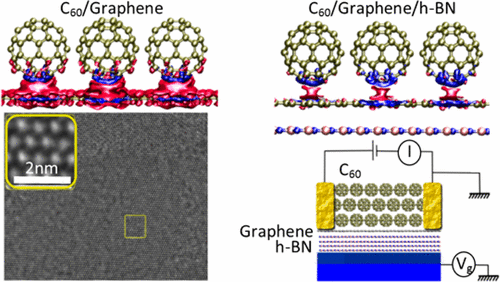
This material composition has properties that are not naturally found in other materials. The hBN provides stability, electronic compatibility and isolation charge to graphene, while C60 can transform sunlight into electricity. The combining process is known as “der Waals solids” that allows compounds to be brought together and assembled in a pre-defined way.
The material also could mean that devices use less energy than before because of the device architecture so could have improved battery life and less electric shocks. This cutting-edge research is timely and a hot-topic involving key players in the field, which opens a clear international pathway to put Queen’s on the road-map of further outstanding investigations.
~ Dr Elton Santos, leader of the research group
The research shows that the material has the same properties as silicon, but higher chemical stability, lower weight and greater flexibility. These features would make the screens made of this material more difficult to break.
There is still one problem needs a solution. The graphene and the new material architecture is lacking a ‘band gap’, which is an important property to make active semiconductor devices. The team is planning to solve this using transition metal dichalcogenides (TMDs) which are chemically highly stable and have bandgaps like silicon.
According to the research group, this findings will pave the way for further exploration of new materials in the future. You can find more details about this by reviewing the research paper, which was published in the scientific journal ACS Nano, and by reading the official announcement.





